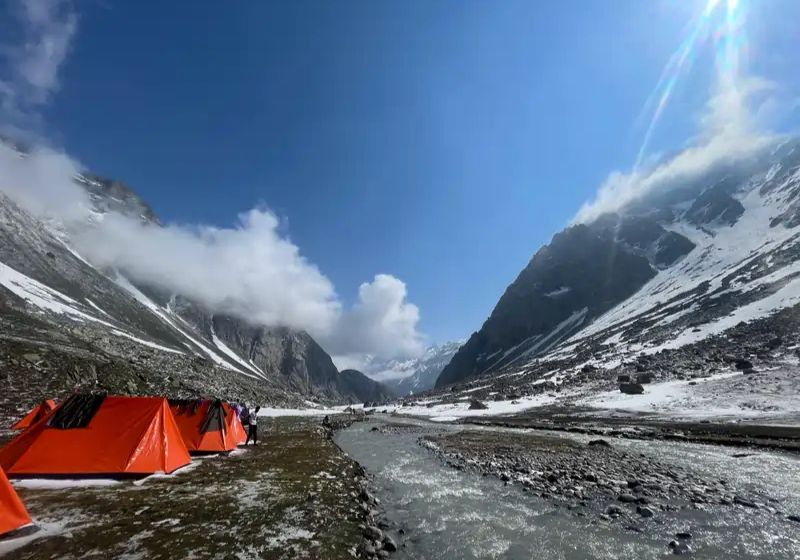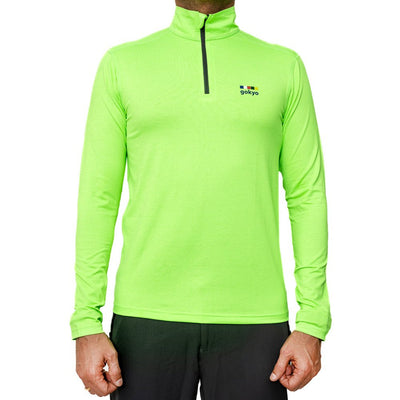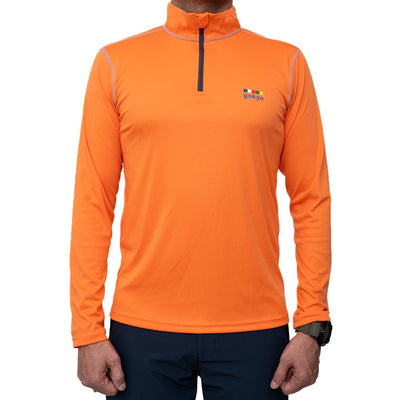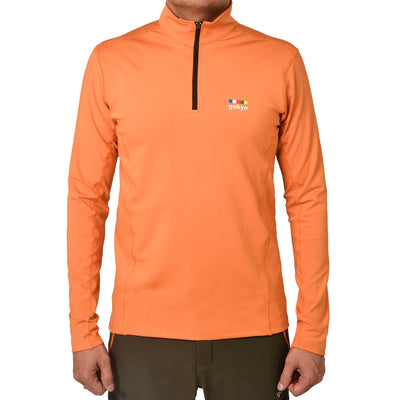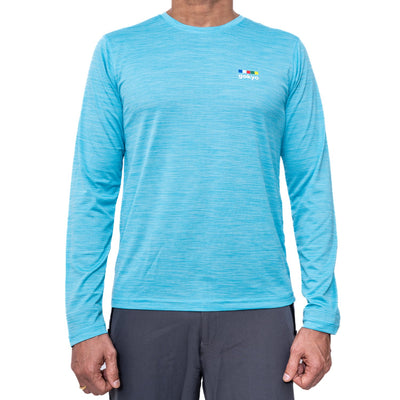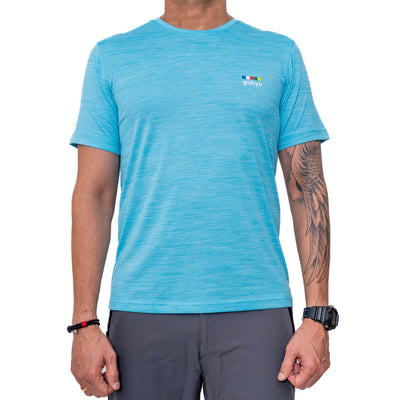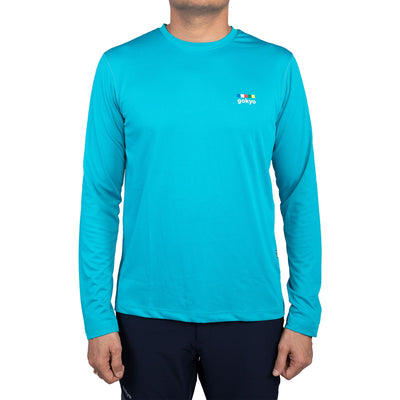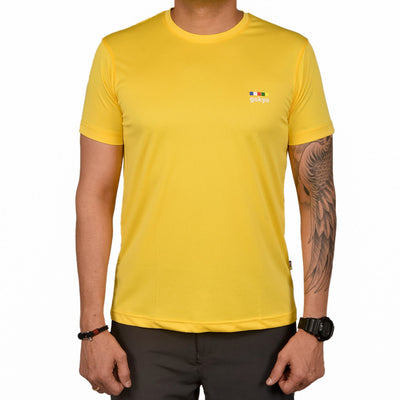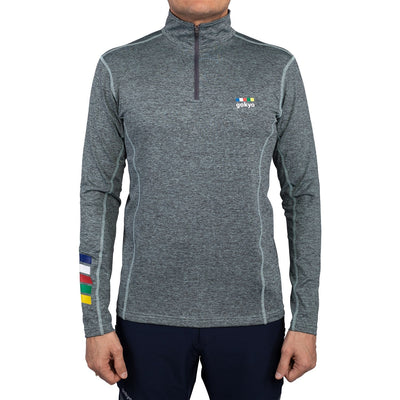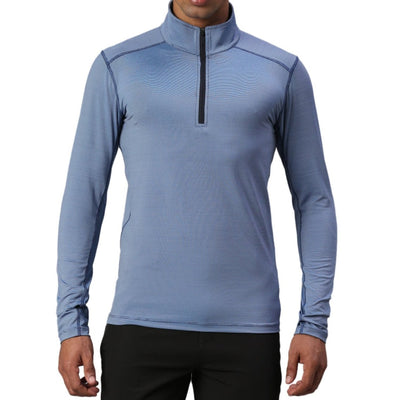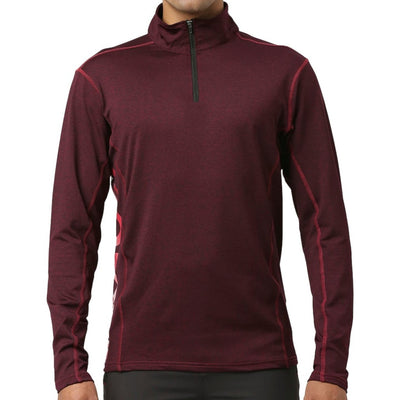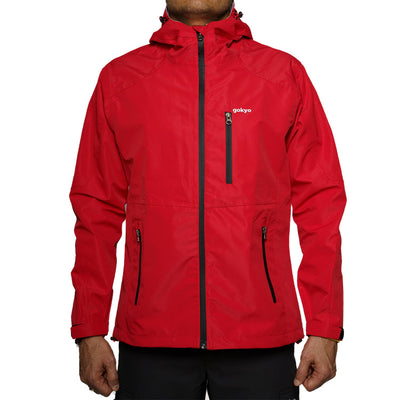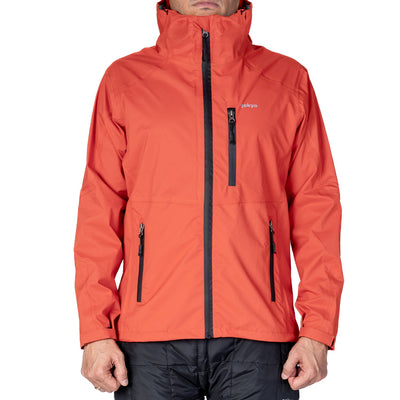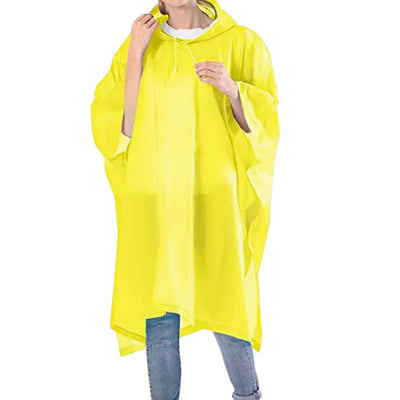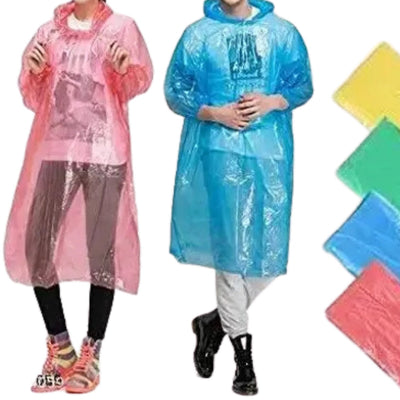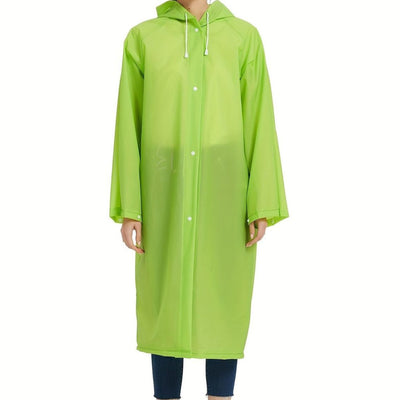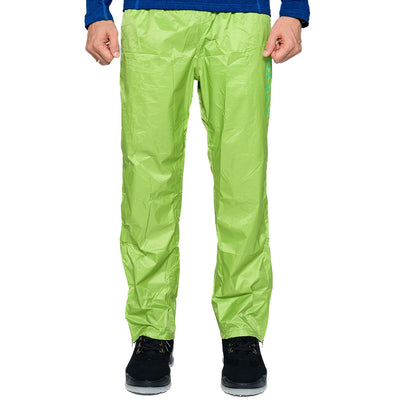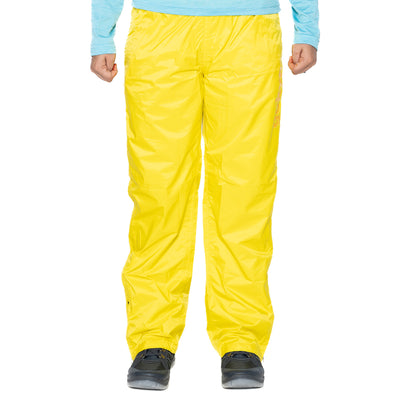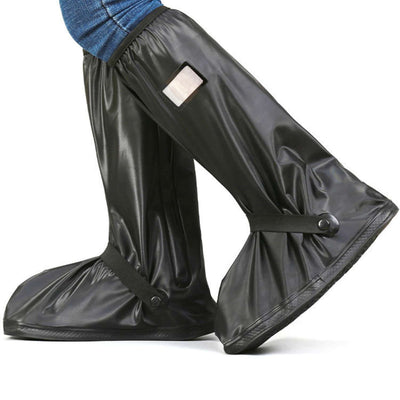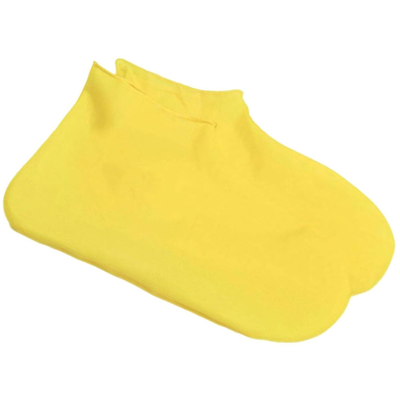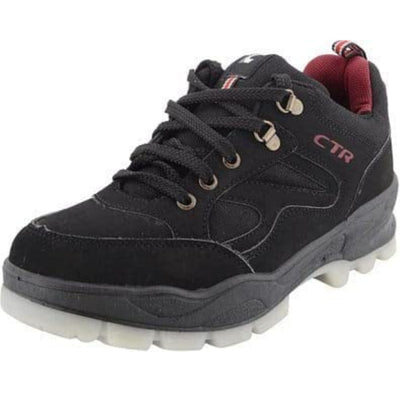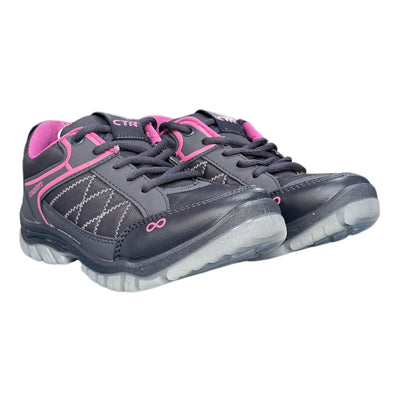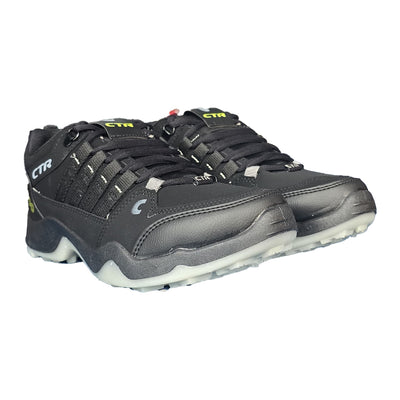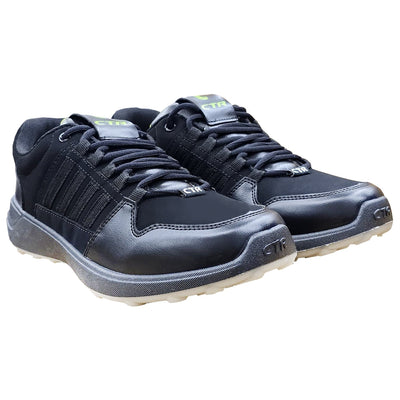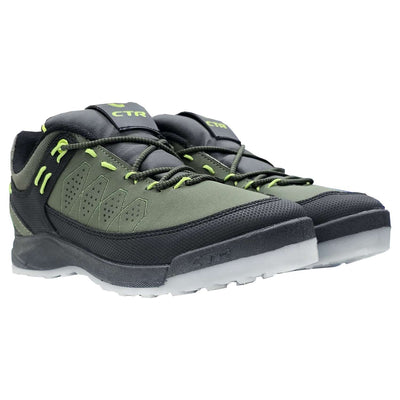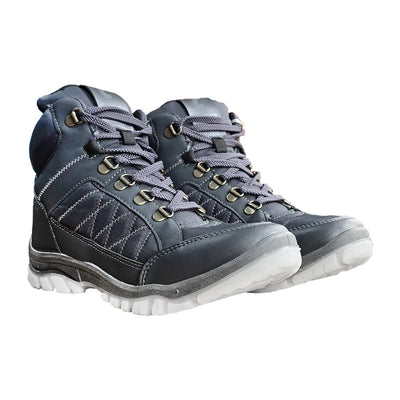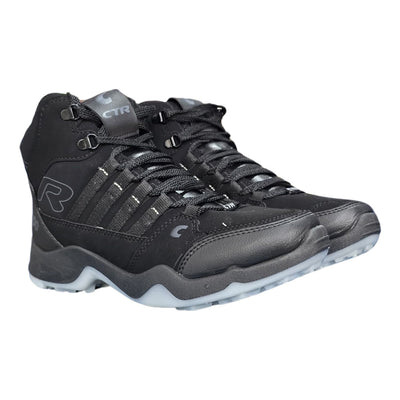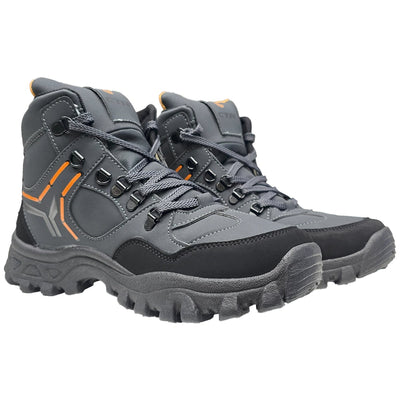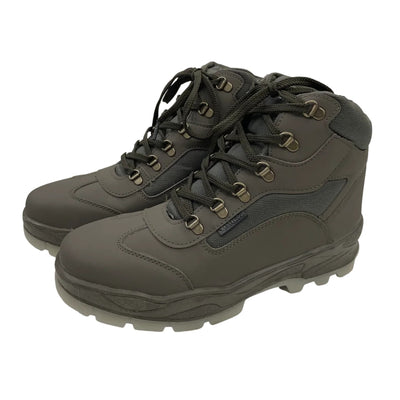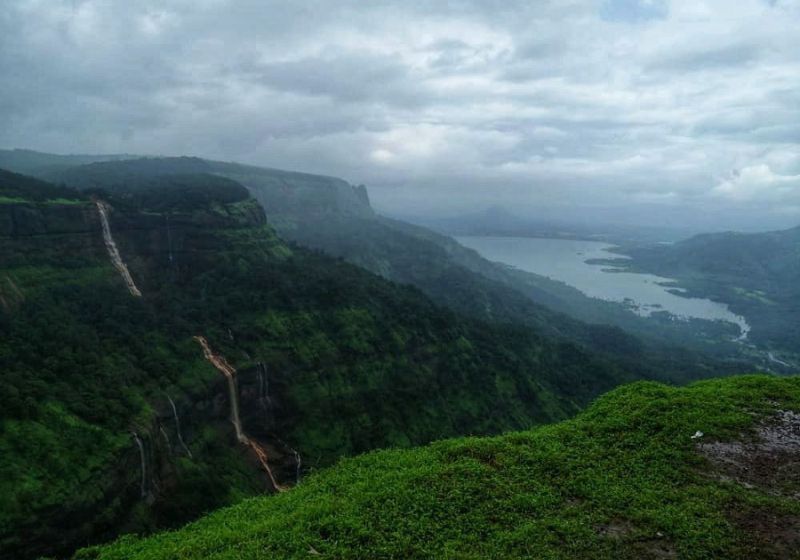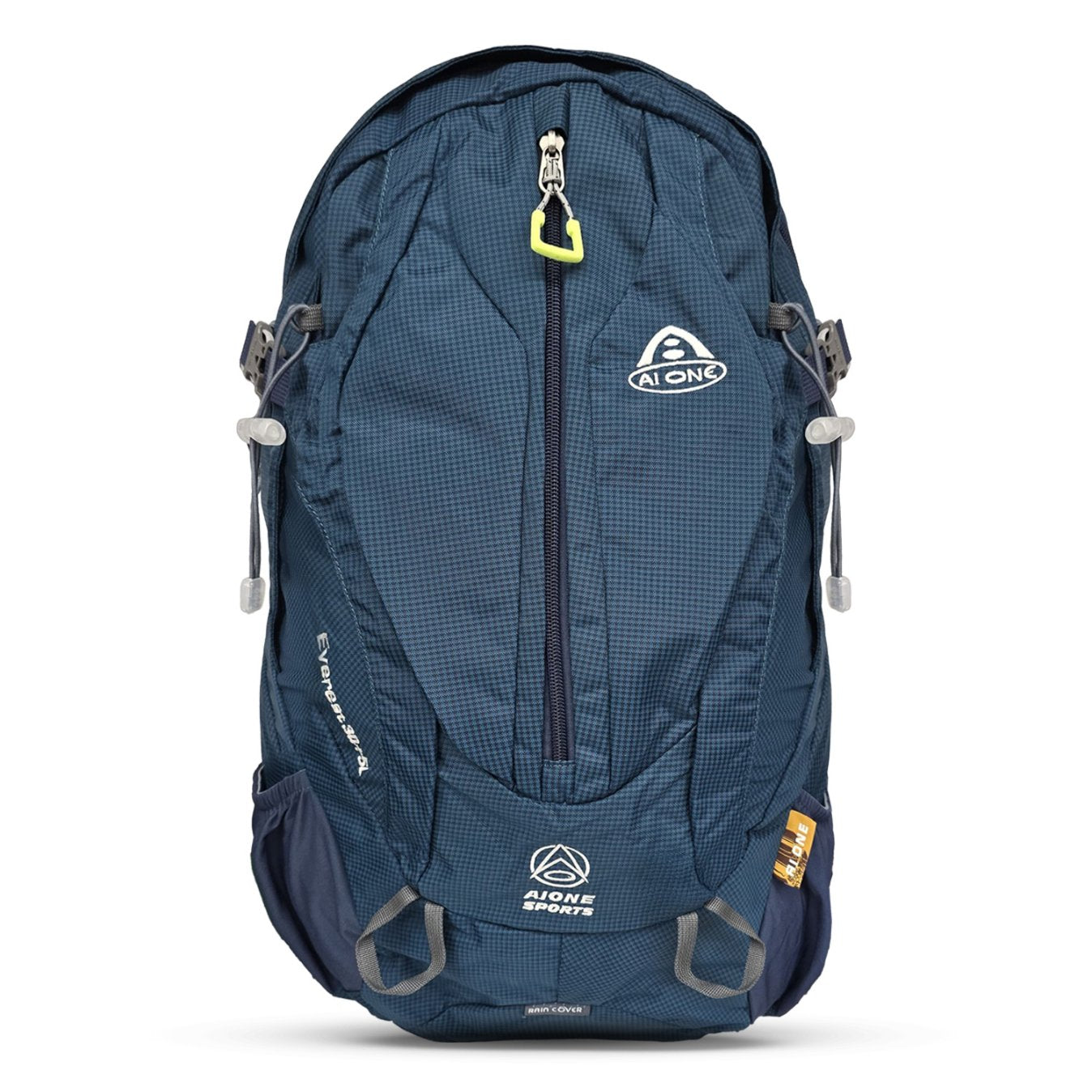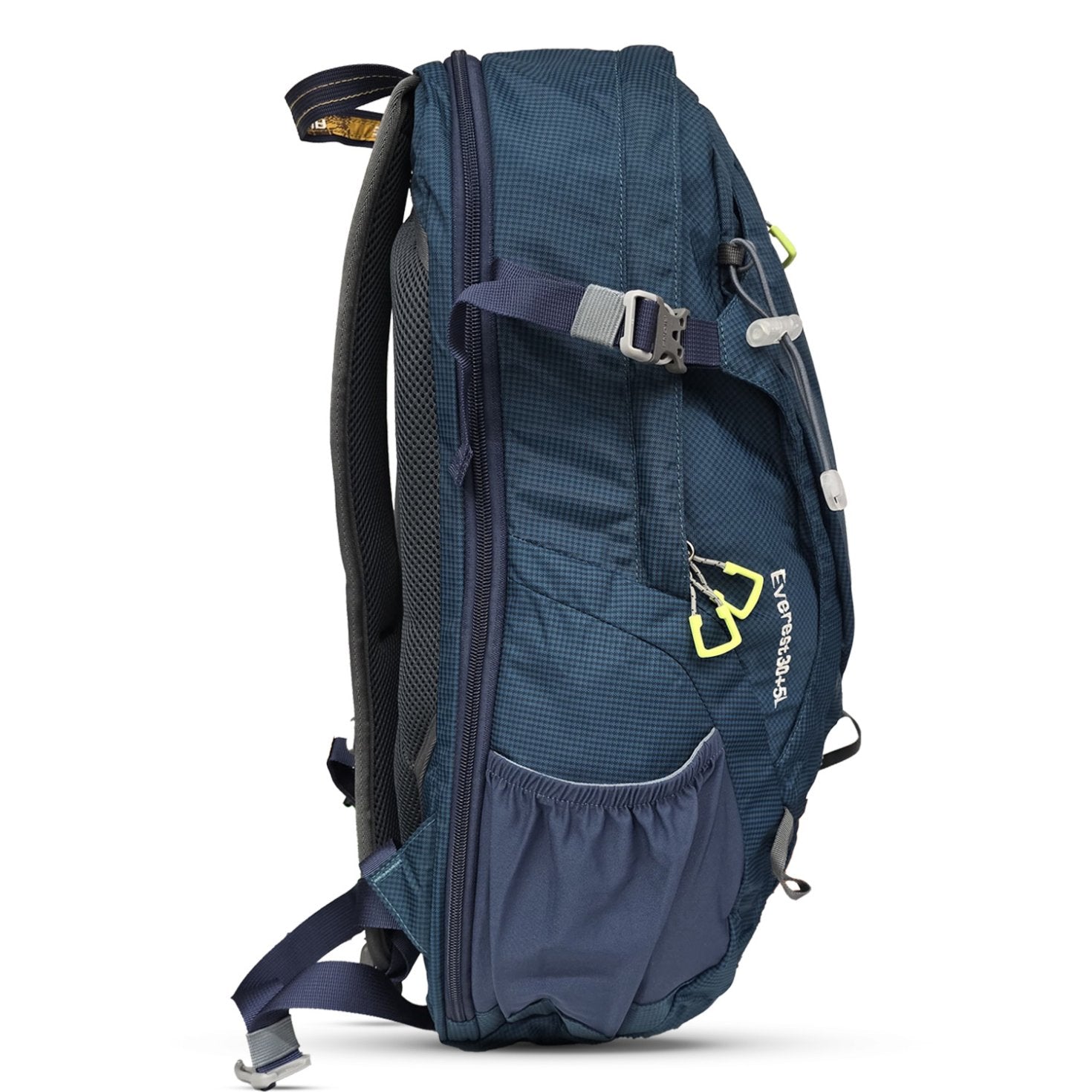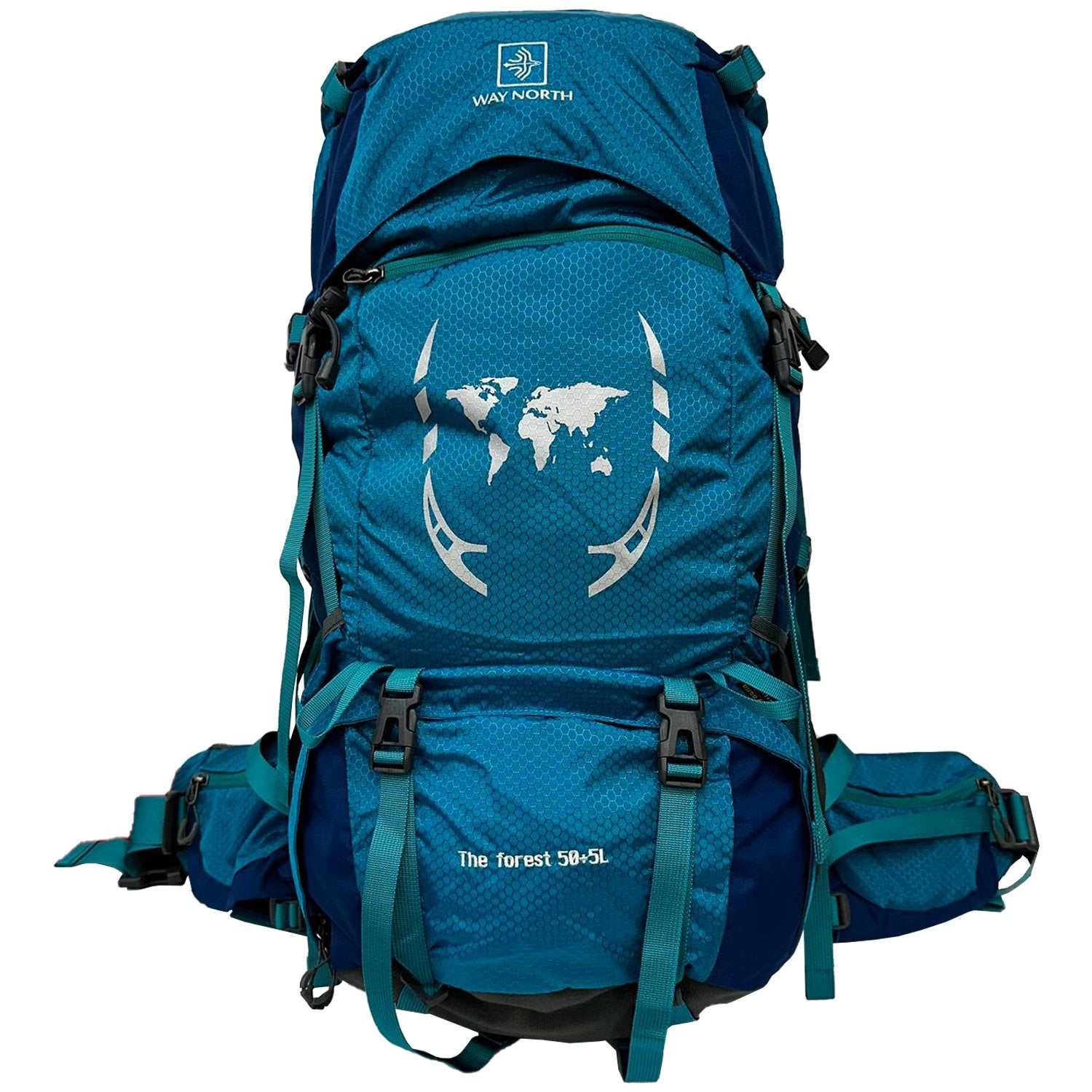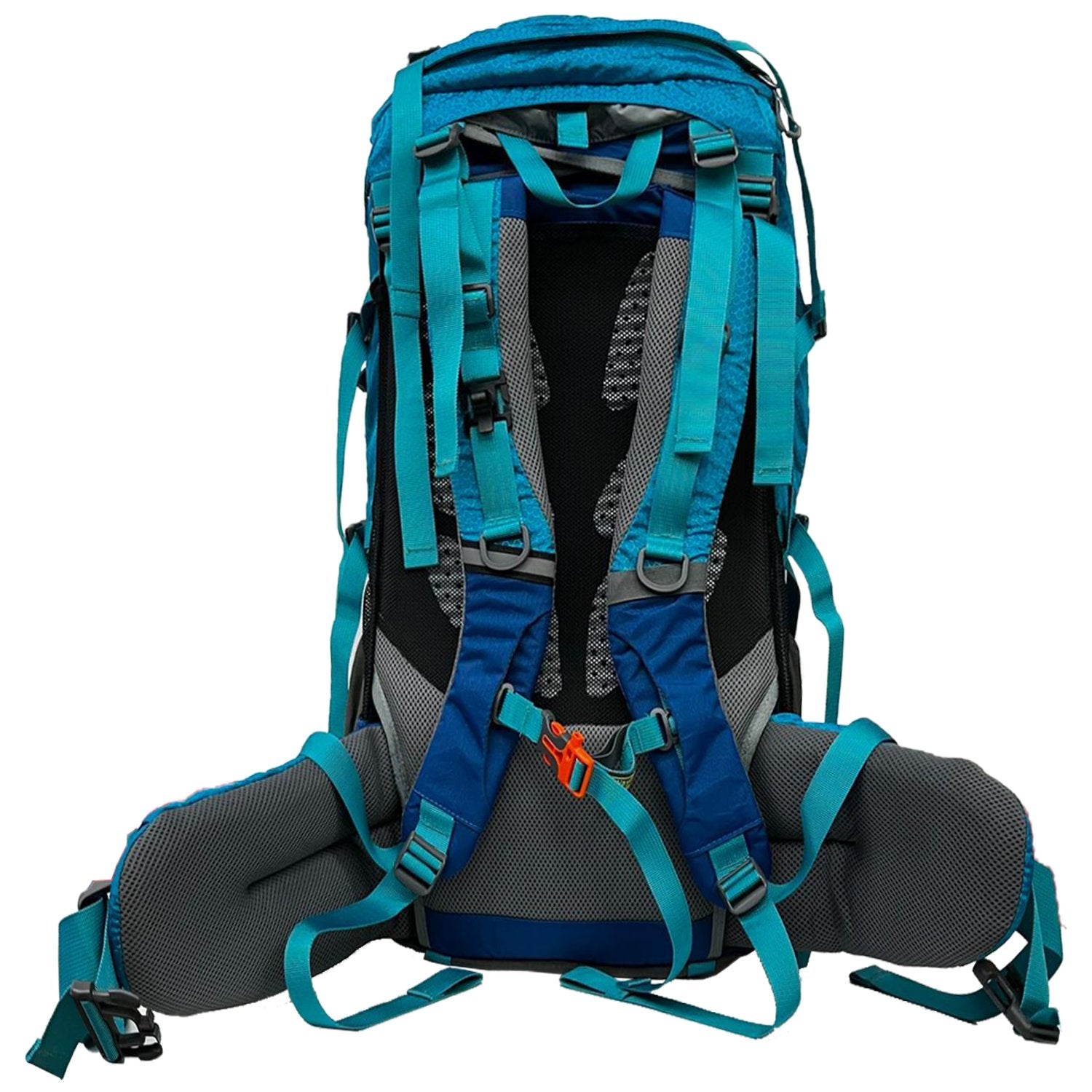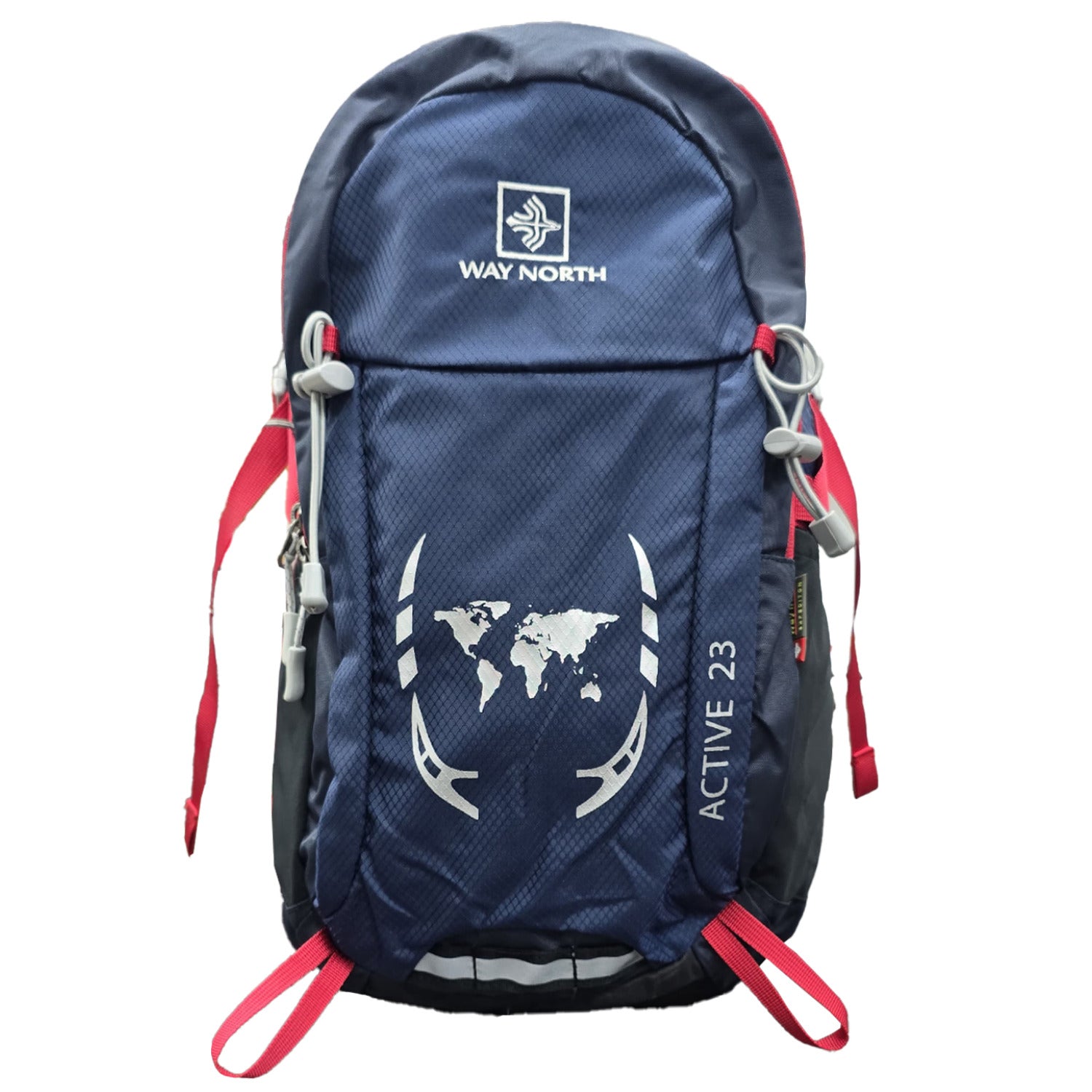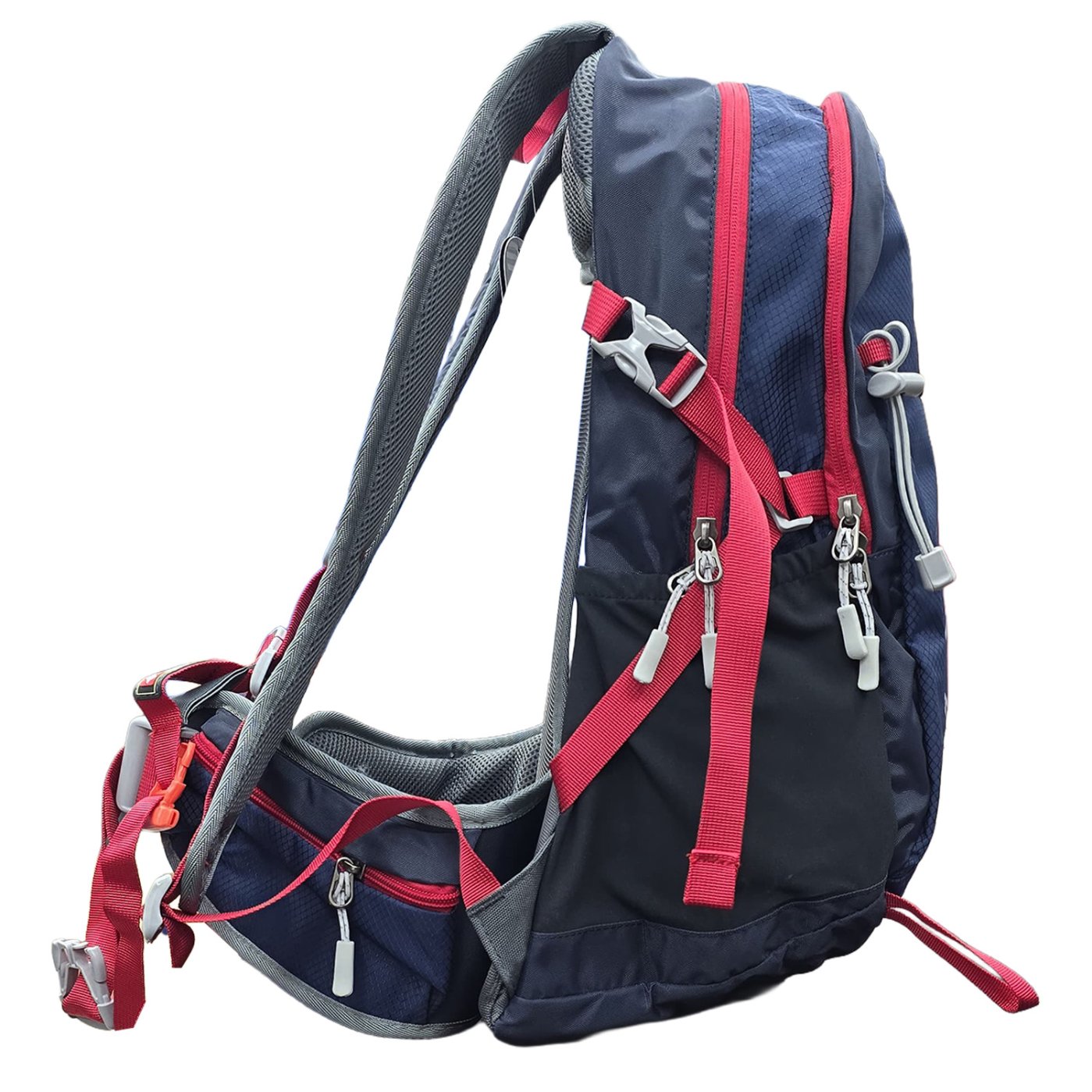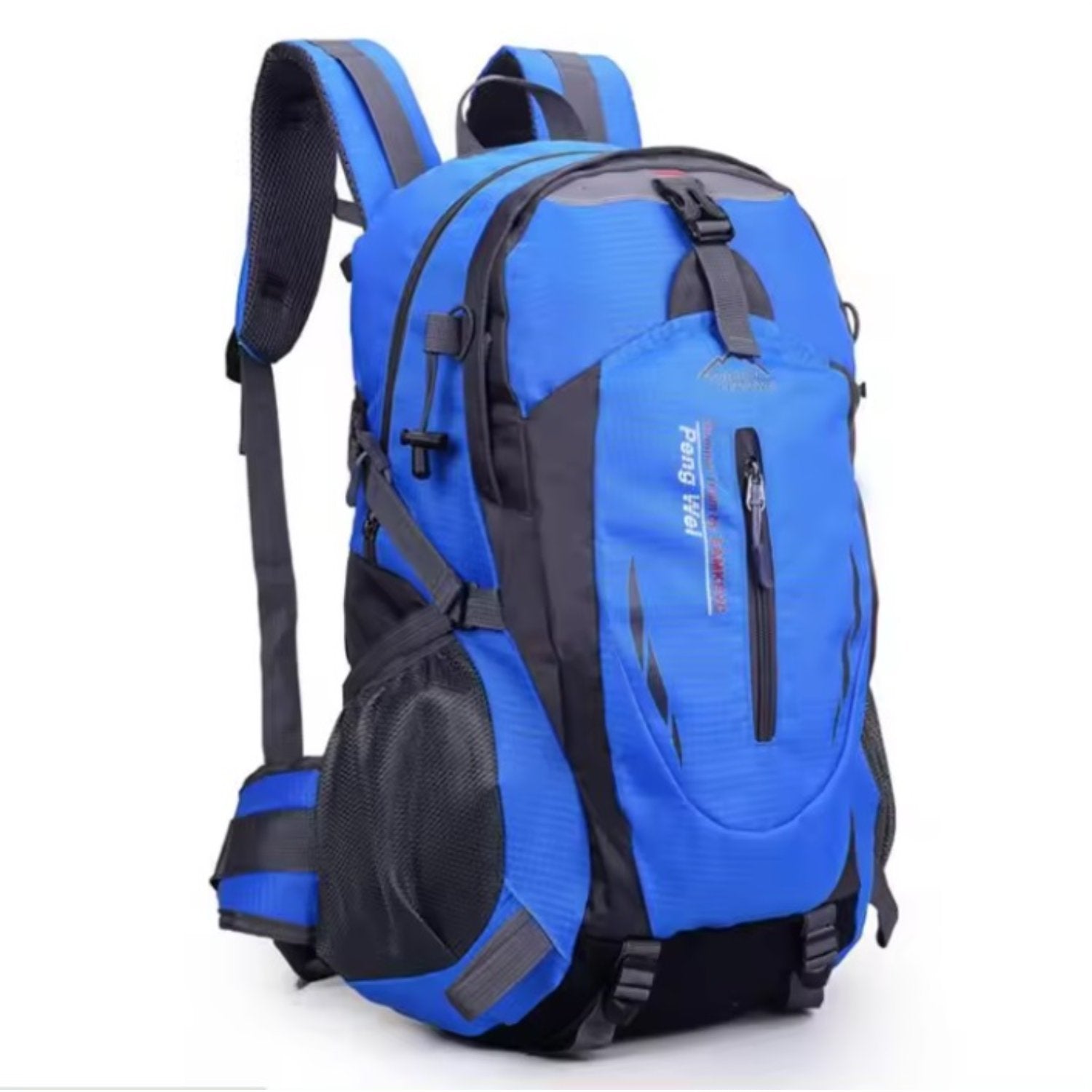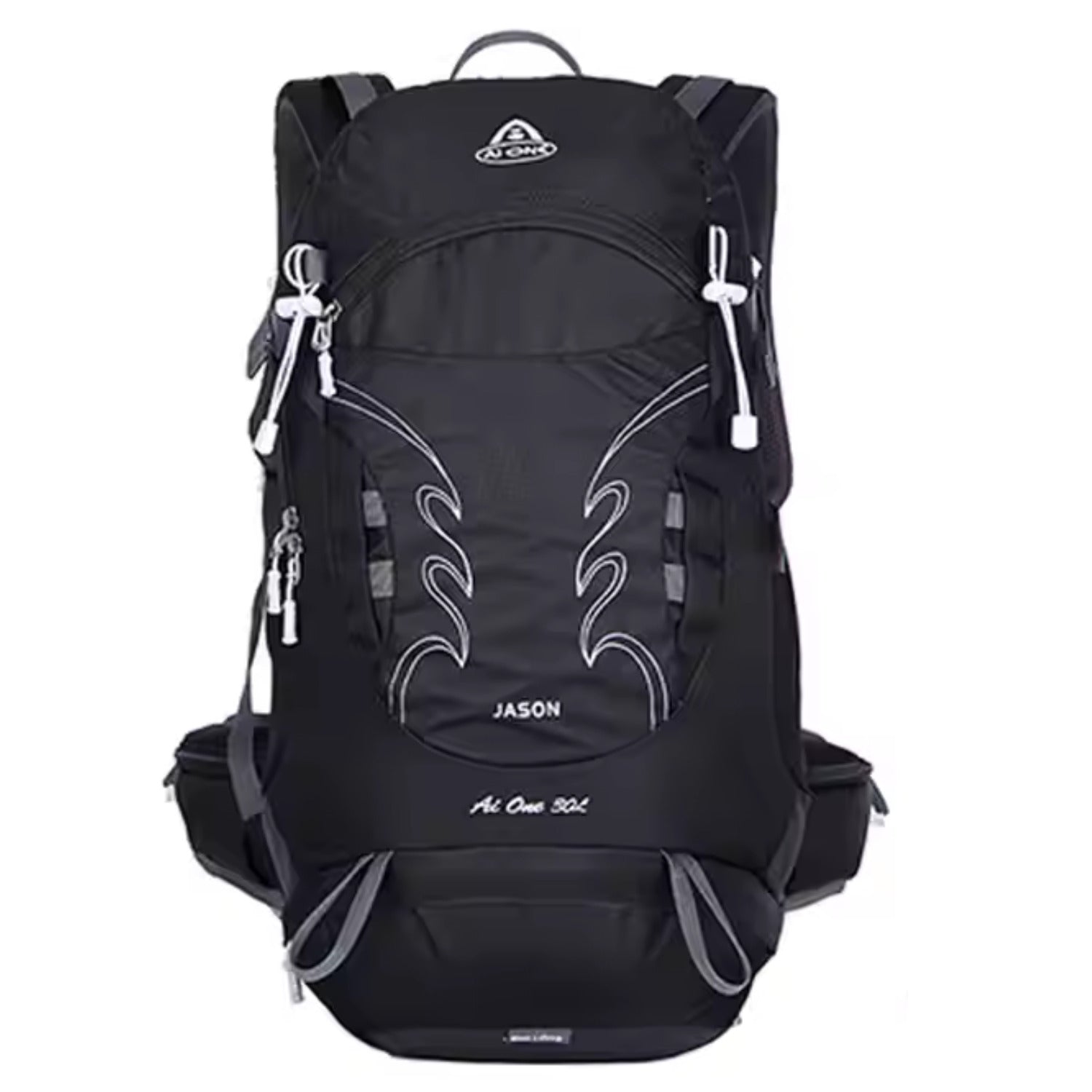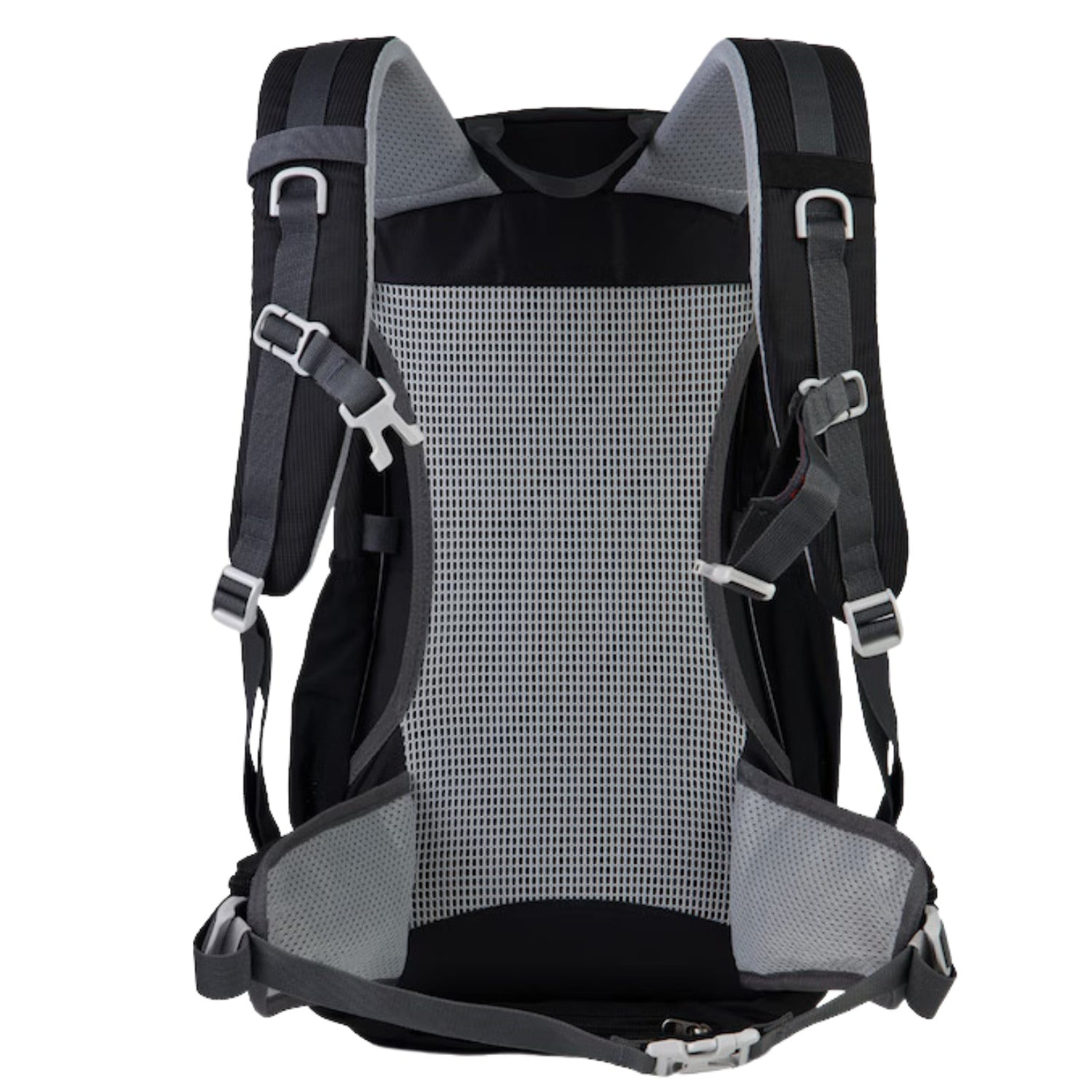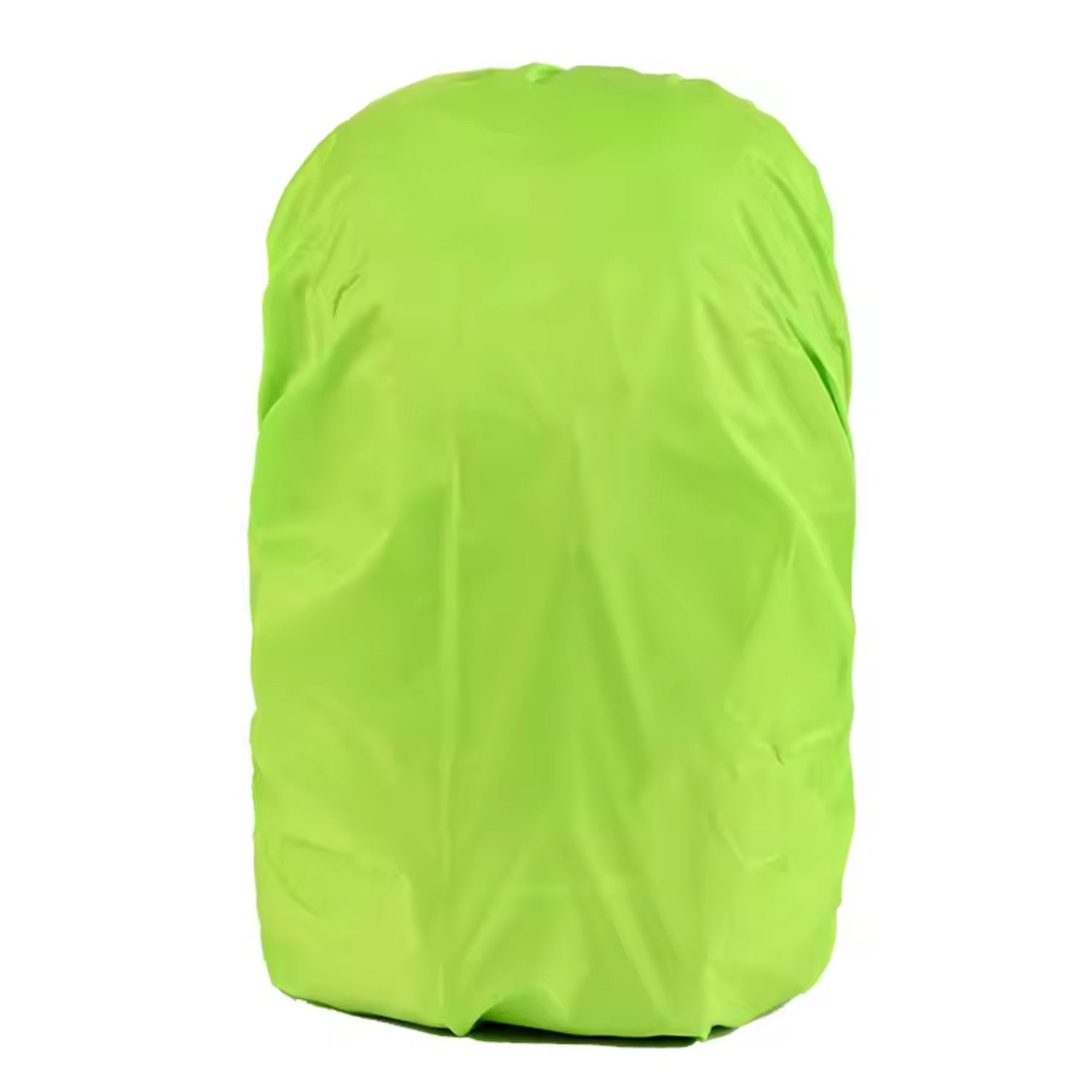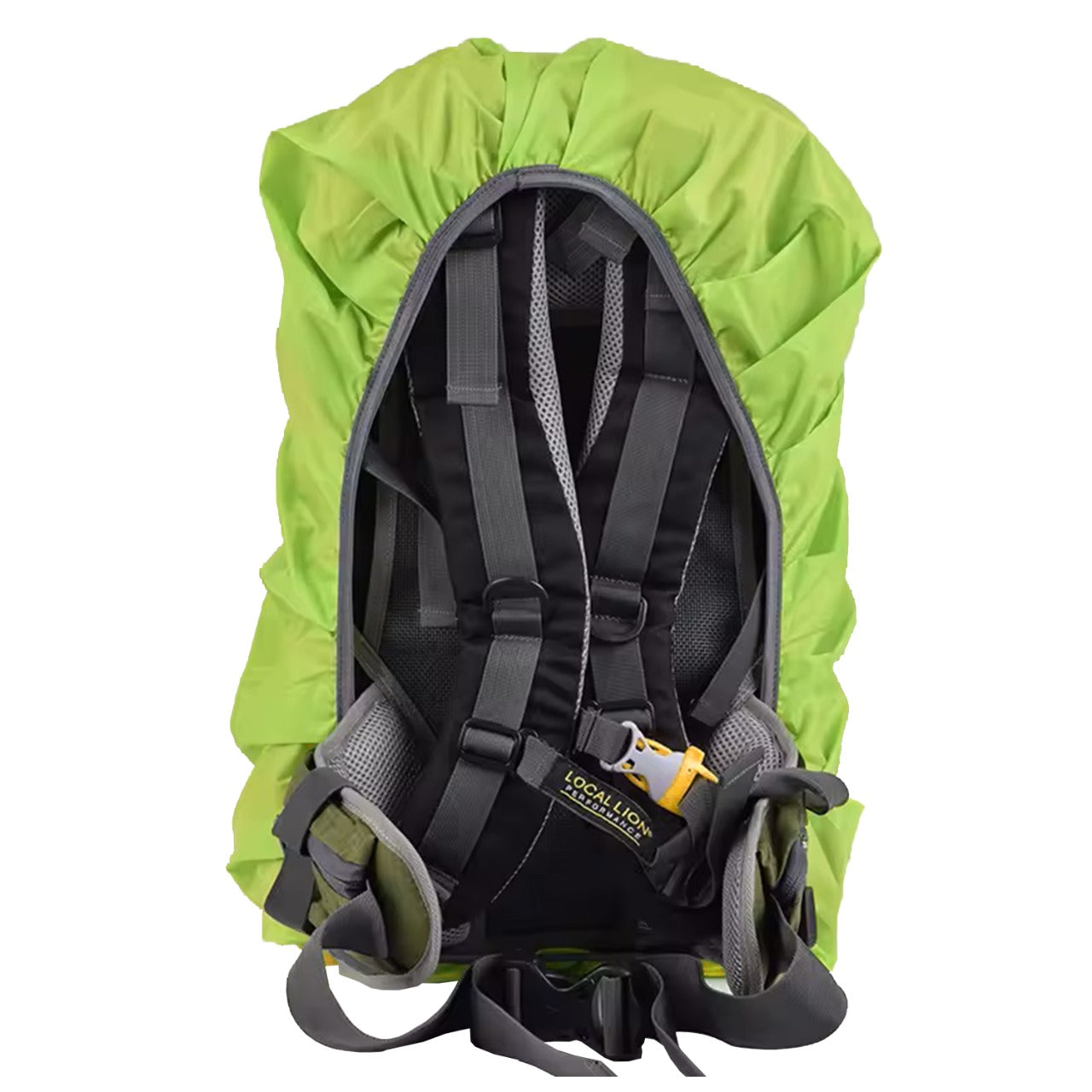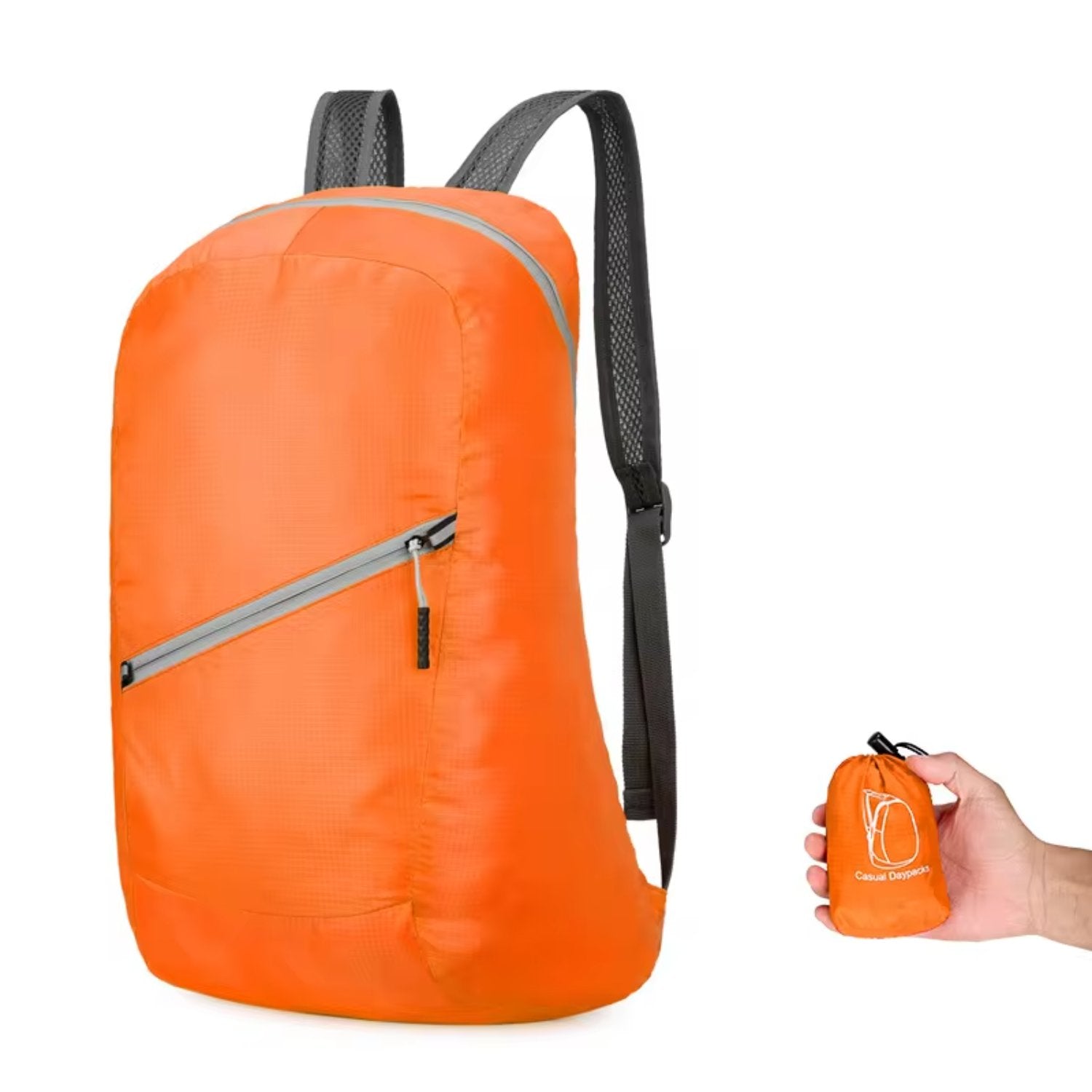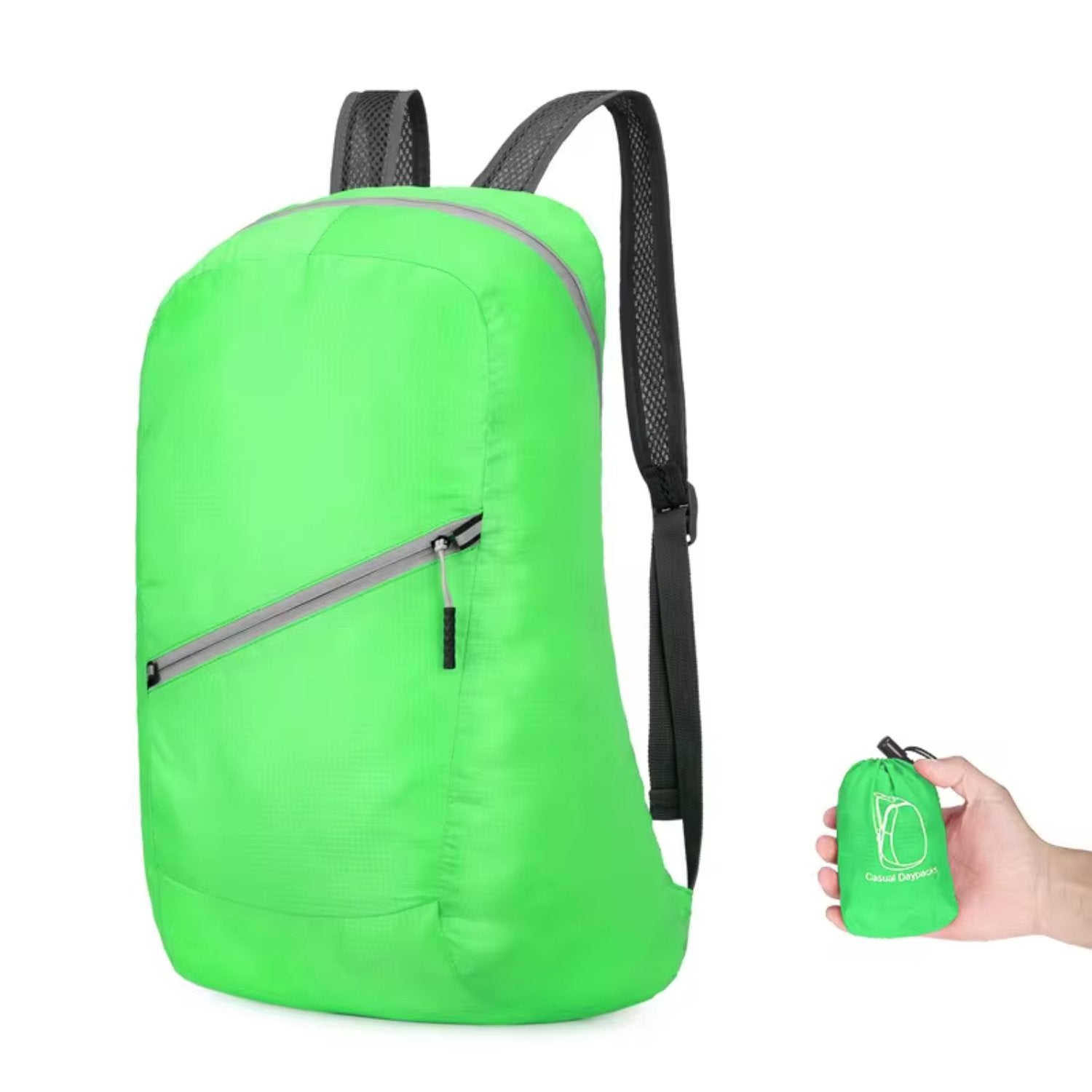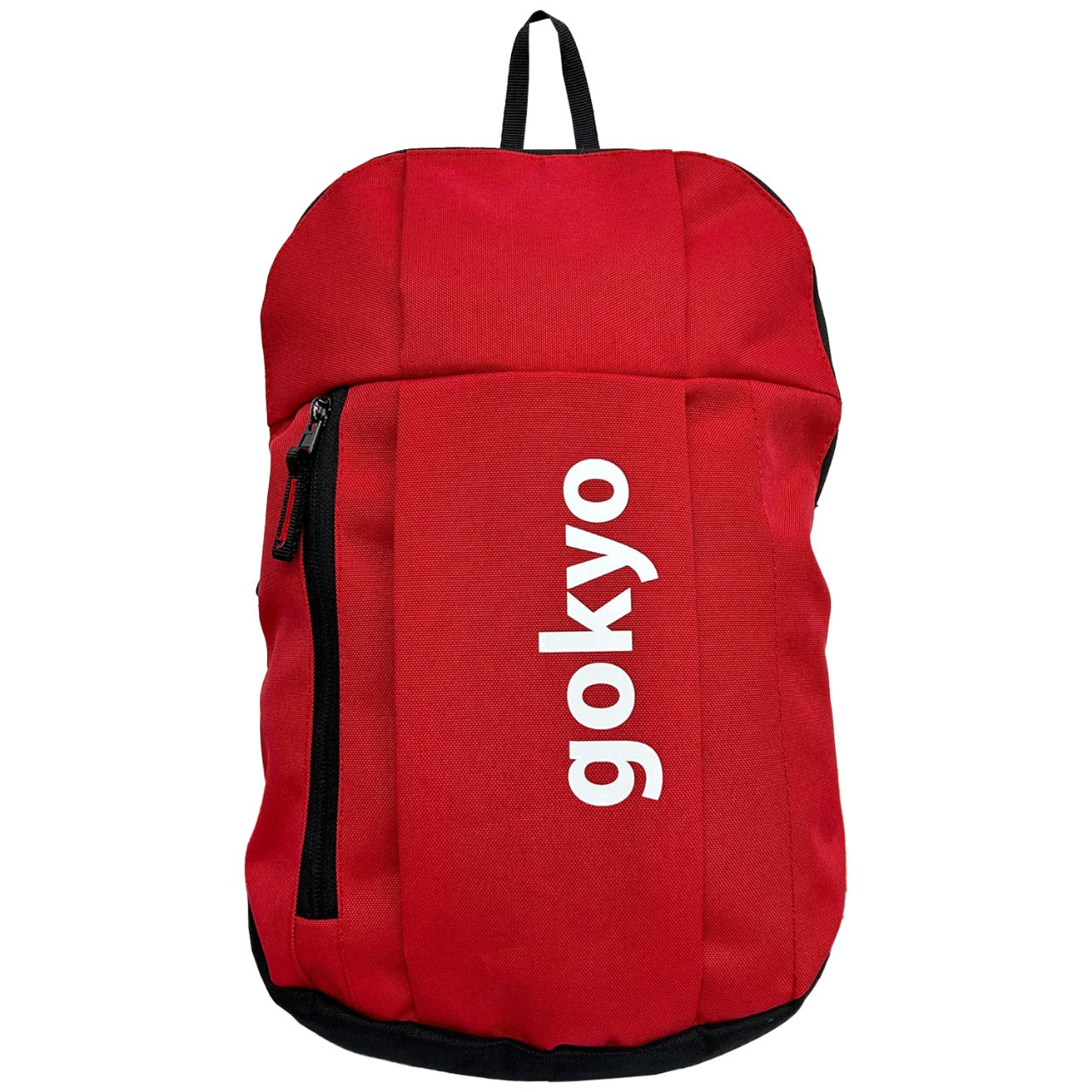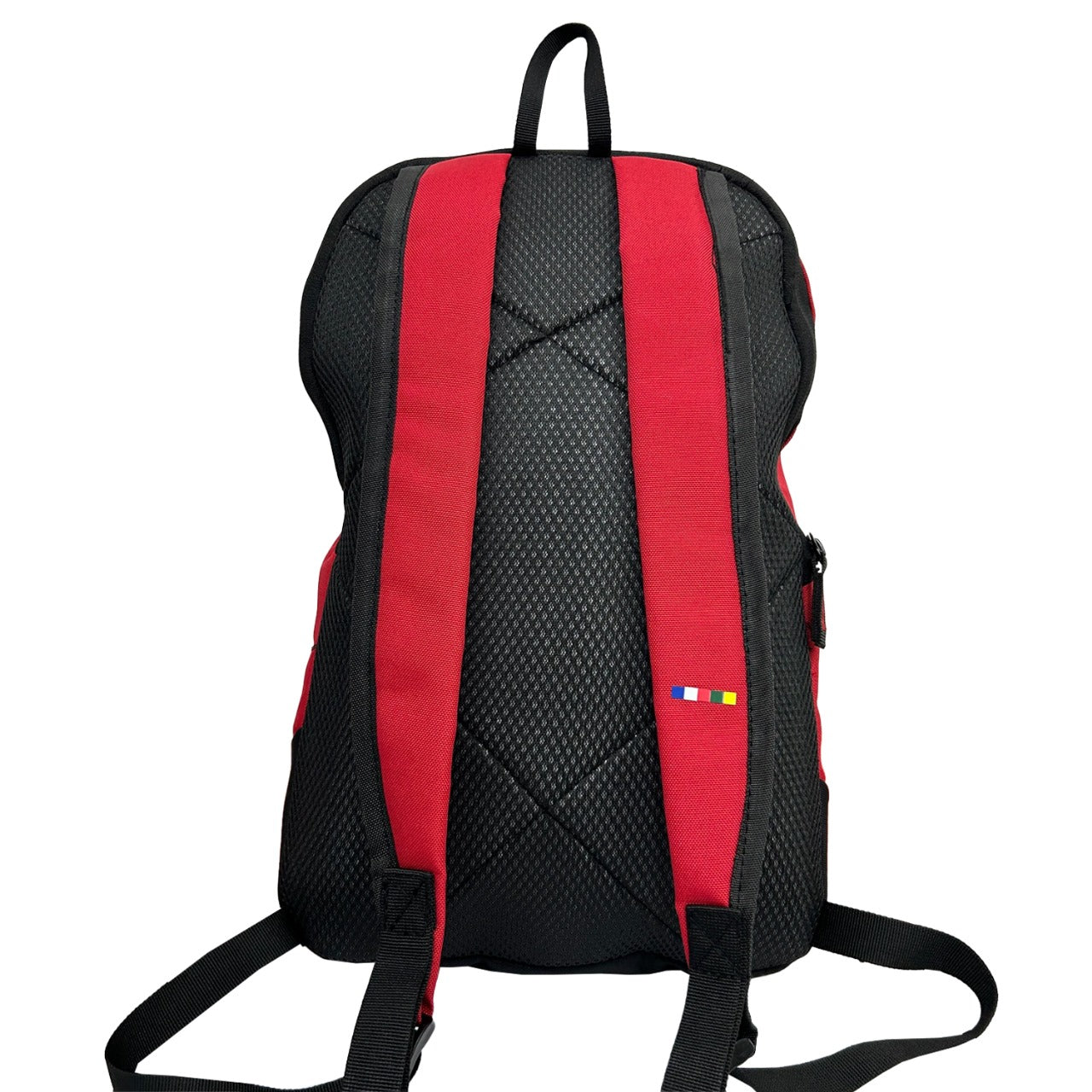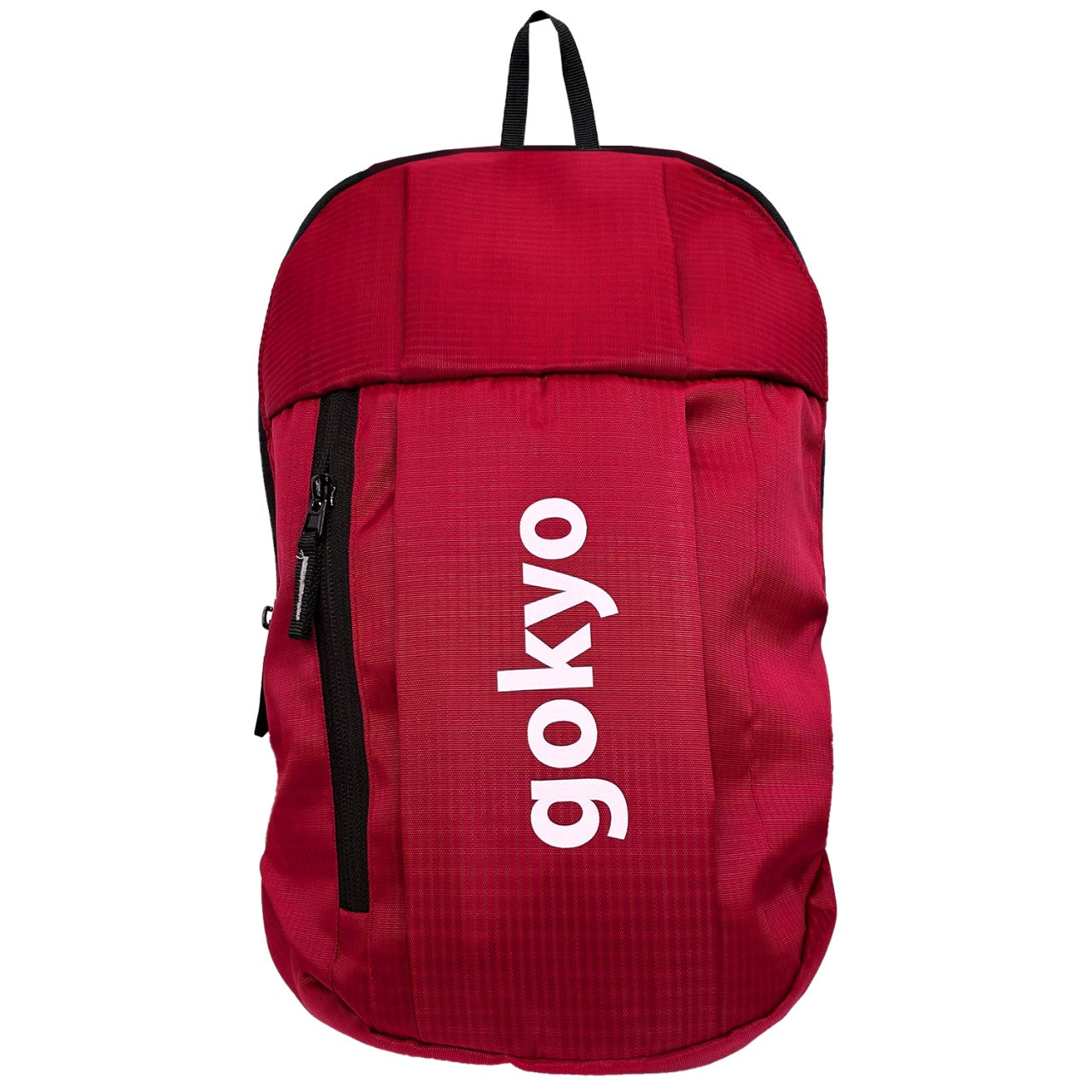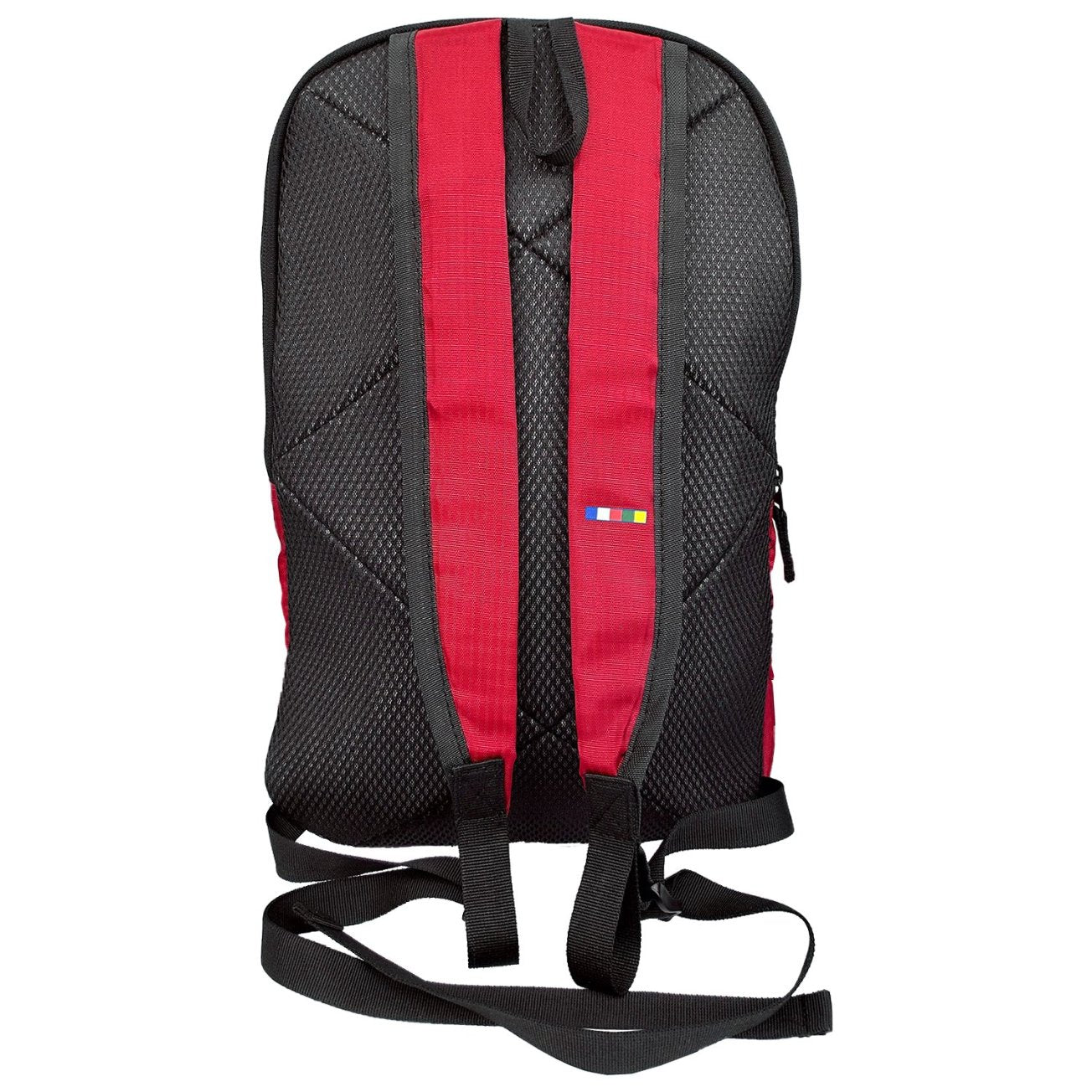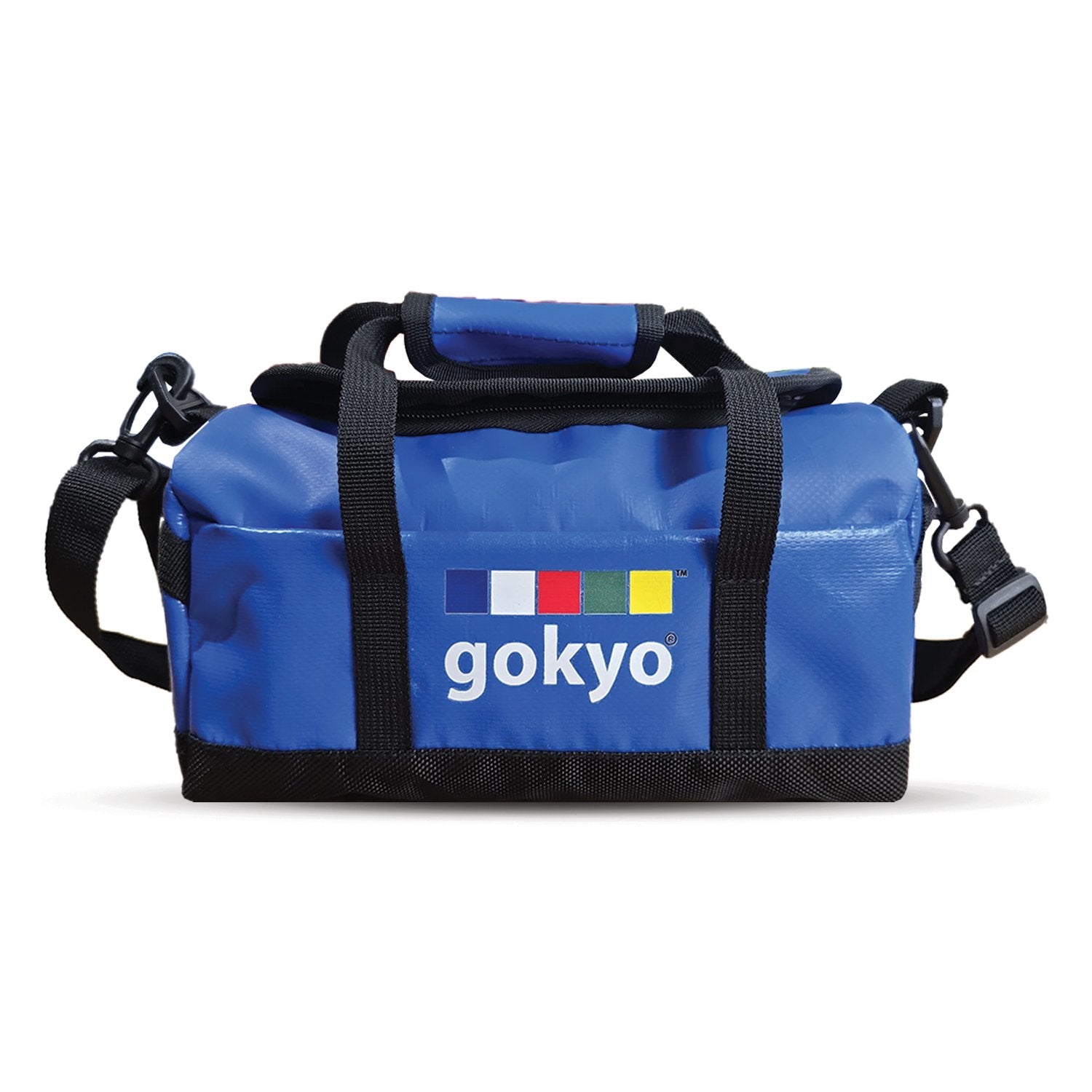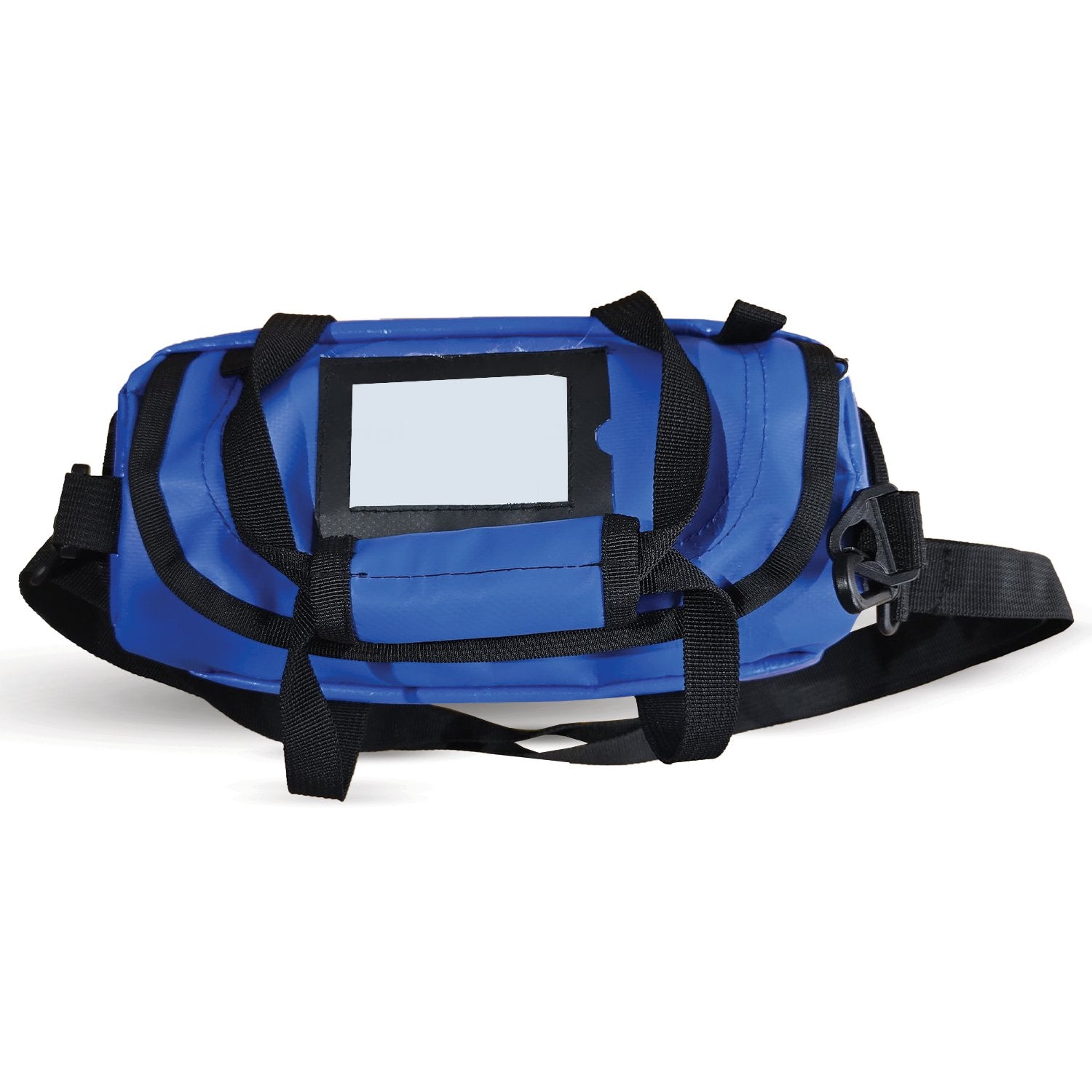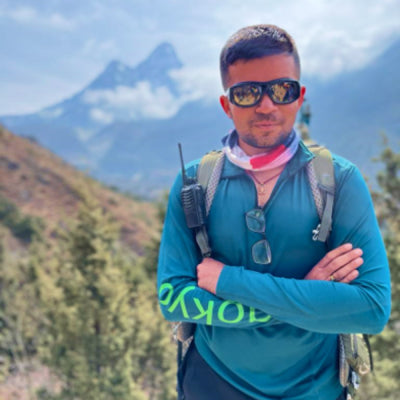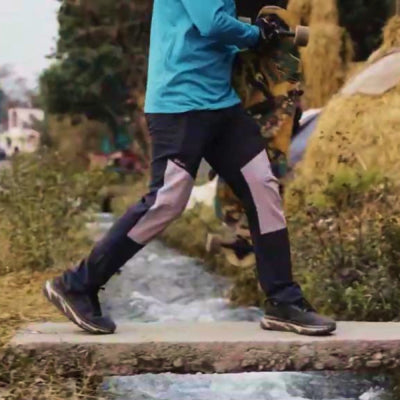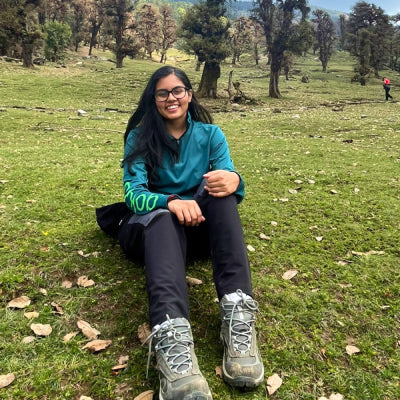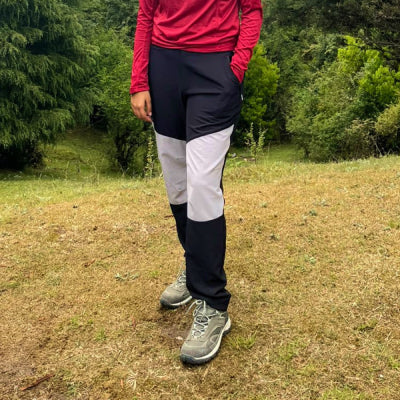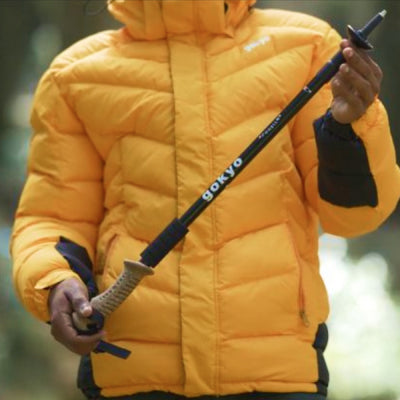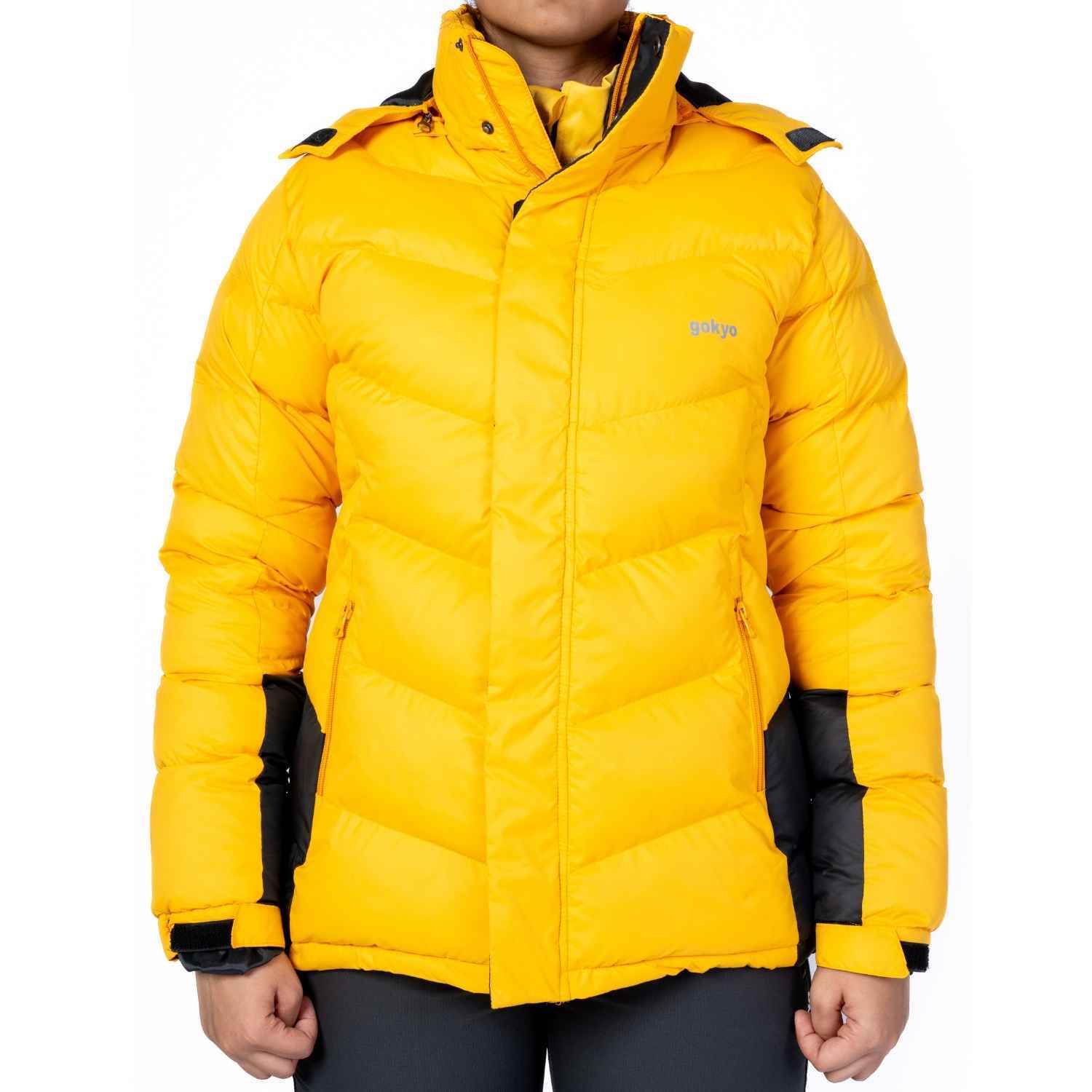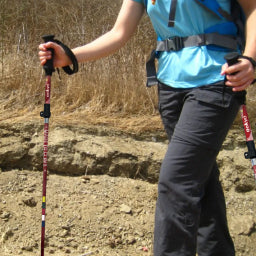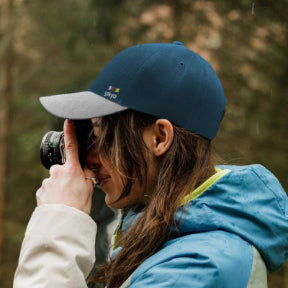What to Wear on High-Altitude Hikes: A Guide to Layering That Actually Works
So you've joined a high-altitude trek. Yay, you free spirit! But now the big question is: what do you wear to keep warm, dry, and comfortable when it's possible that the temperature can plummet quicker than your network does in the mountains? This straightforward guide tells you exactly what to wear (and avoid!) when hiking.
Why Layering Matters (More Than You Think)
Layering isn't simply a style thing in the mountains—it's your lifesaver. The weather at high elevation is whiny AF. Unpredictable weather requires adaptable layers to avoid overheating or getting chilled.
The golden rule? Three layers:
- Base Layer: The sweat-absorber
- Mid Layer: The heat-trapper
- Outer Layer: The shield
Base Layer: Your First Line of Defense
This one will be in contact with your skin, so it'd better be excellent. Opt for moisture-wicking material such as synthetic blends or merino wool. Cotton? Don't even think about it. It absorbs and retains moisture.
Choose a close-fitting, quick-drying, and chafe-free running t-shirts for comfort during intense activity.
Shop Moisture-Wicking Running T-Shirts Online
Mid Layer: The Cozy Hug You'll Want
Bring in the fleece jackets. These guys are light, breathable, and retain heat like a master. You can wear them as an outer layer over your base layer in the early morning or late evening when the cold starts to bite.
Fleece is pure magic—it warms you without turning you into a stuffed paratha. Go for a zippered one so you can vent easily when you're warming up.
Outer Layer: The Ultimate Shield
Now for the final boss: the outer layer. This is your protection from wind, rain, and snow. A good poncho or waterproof shell is a must. Go for one that’s lightweight, packable, and actually waterproof (not just ‘resistant’—there’s a difference!).
You may also consider bringing a winter jacket if your hike brings you above 14,000 ft or into snowy areas. Consider this your shield—the layer that you bring out when the going gets tough.
Packable Rain Ponchos for Unexpected Showers
The Lower Half: Don't Neglect It!
You are not a snowman. You do have legs. And they require love as well. Bringing jeans or cotton joggers on a hike is an amateur mistake.
Choose quick-drying, stretchy trekking pants for men or gals. They typically include water resistance and ample pockets to store your snacks (gotta have 'em, right?). Double points if they also have zip-off legs that convert to shorts!
Step Up Your Shoe Game
If your feet are not happy, you will not be. Spend money on a good pair of trekking shoes. Your sneakers will not do when you're hiking up slippery slopes, rocky terrain, or fording water crossings.
Ankle support, deep tread, and waterproofing are what you want to look for. And, yes, break them in before you go trekking unless you love blisters (you don't).
Top Trekking Shoes for Outdoor Adventures
You Won't Want To Forget These Extras
- Gloves and a beanie
- UV sunglasses
- Buff or scarf to keep your neck warm
- Woolen socks (take extra pairs)
- Lightweight slippers or sandals for camp
Layering: Real Trekker Tips
- Dress in layers that you can shed or add easily.
- Don't overdress—you'll get hot and then cold.
- Have your rain gear handy.
- Dry your clothes at night to avoid the excess moisture.
Frequently Asked Questions (FAQs) : Because Everyone Has Questions
1. May I wear a hoodie as a mid-layer?
Although hoodies look nice, they're usually made of cotton. Better stick to a fleece jacket and remain warm and dry.
2. Are ponchos sufficient for snow protection?
Ponchos are great for light rain and wind. However, if there is expected snow or icy rain, pack a heavy winter jacket too.
3. Do I require thermals?
If you're walking at above 12,000 ft or in mid-winter, thermals can be a lifesaver. Opt for moisture-wicking thermals.
4. May I wear shorts for the day?
Provided it's warm enough and you're not trekking through thick vegetation or boulder-filled paths. Otherwise, men should wear full-length trekking pants for men and women too.
5. How much gear should I bring?
Two base layers, one fleece, one outer layer, and one heavy coat if necessary. To this add two bottoms and spare socks.
6. Do I absolutely need all that stuff for a weekend hike?
For short hikes under 8,000 ft, you can keep it minimalist. But for high-altitude hikes, your gear = your safety.
Last Words Before You Trek Off
Layering for a high-altitude adventure isn't about being stylish, it's about being alive, well, and happy on the trail. From intelligent bottom layers such as a breathable running t-shirt to weather-proof warriors such as a poncho or winter jacket, each item of clothing has a function.
And if you're on the lookout for proven and tested pieces, Gokyo Outdoor Clothing and Gear have got you sorted out with the best in the industry. So go ahead—pack wisely, dress better, and trek professionally!

